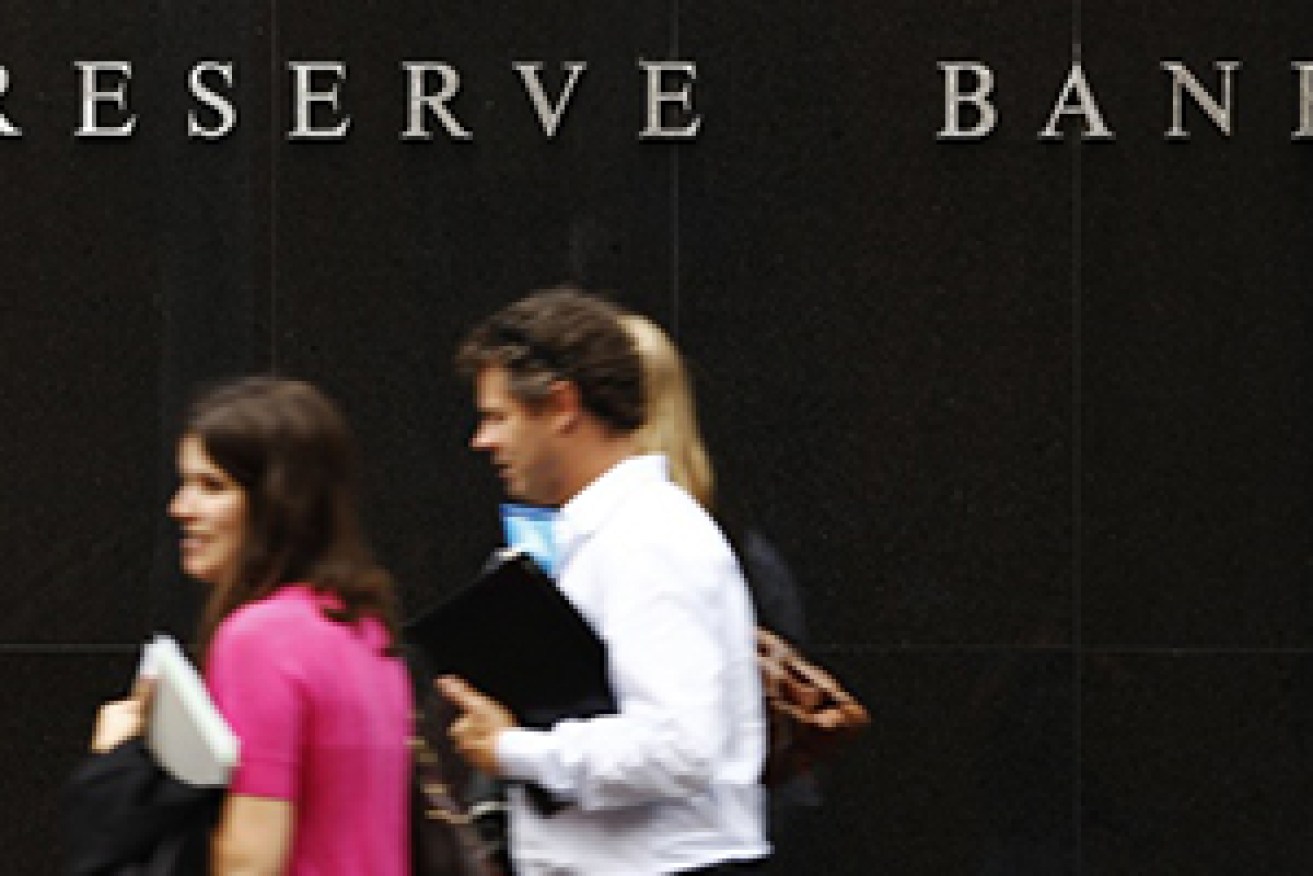Interest rates have become a political free zone


Interest rate policy has become a political free zone, and that's possibly for the best. Photo: AAP
Interest rate policy isn’t the political battleground that it once was.
In fact, it rarely gets a mention these days by our politicians, which perhaps is how it should be given it is set by an independent central bank.
John Howard used to claim that interest rates would always be lower under a Coalition government.
The former prime minister believed his side of politics would always have policies to better control inflation, one of the key targets of the Reserve Bank.
He was always quick to remind voters how under Labor, mortgage rates soared to 17 per cent or more in the late 1980s and early 1990s, levels that seem quite ridiculous today.
Within months of Mr Howard being voted into power in March 1996, the official cash rate did start falling, from a then 7.5 per cent to an eventual 4.25 per cent by December 2001.
However, from then on his crown of being the homebuyer’s friend started to slip as inflation took off, fuelled by an unprecedented mining boom.
The cash rate rose nine times, from 4.5 per cent to 6.75 per cent, between May 2002 and November 2007 – the latter infamously during the election campaign the Coalition lost.
There were a further two rate increases during the early months of the new Labor government under Kevin Rudd, but then the world was turned on its head as the global financial crisis erupted.
The Reserve Bank slashed the cash rate to what was then considered an “emergency” rate of 3 per cent – suddenly interest rate cuts were no longer associated with that good news story.
While the rate did start ticking up again in late 2009 when the central bank believed the crisis had eased, the global economy was struggling to find its feet again and before long the cash rate was heading south again.
In August 2013, and a month before another federal election, the cash rate was cut to 2.5 per cent.
The Coalition’s shadow treasurer Joe Hockey said the cut to a 50-year low was because the “economy is struggling”.
“If anyone thinks that the Reserve Bank acted today because the economy is doing really well, and Labor’s doing a terrific job running the economy, they’d be deluding themselves,” he said at the time.

Former treasurer Joe Hockey said rate cuts were ‘good news’ for families. Photo: AAP
Somewhat predictably, when the cash rate was cut after Mr Hockey became treasurer, he described it as “good news for Australian families and it’s good news for Australian business”.
The cash rate is now at an all-time low of 1.5 per cent, where it has sat since August 2016. For months, the Reserve Bank has been touting that the next move in interest rates will be up.
This was a generally held view by economists and financial markets – only the timing was vague.
That was until the most recent national accounts proved weaker than expected and included subdued household spending and savings dropping to a decade low. At the same time, news on house prices was getting worse.
Deputy Reserve Bank governor Guy Debelle also provided the central bank with some wriggle room in a recent speech.
“The Reserve Bank has repeatedly said that our expectation is that the next move in monetary policy is more likely up than down, though it is some way off,” he said.
“But should that turn out not to be the case, there is still scope for further reductions in the policy rate.”
Financial markets have yet to be totally convinced a cut is on the cards, although they now see a 12 per cent chance of a reduction rather than the modest expectation of a hike that stood before the national accounts.
“As they say, a march of a thousand miles begins with a single step,” Market Economics managing director Stephen Koukoulas told The New Daily.
“[The RBA] are actually taking a bit more attention to this housing issue now and the impact of the wealth effect from the decline in house prices.”
He predicts the Reserve Bank will cut three times in 2019 to 0.75 per cent with a risk of even lower rates due to an accumulation of housing worries, low inflation, slow economic growth, subdued wage growth and a moderating global economy.
The wording of Reserve Bank governor Philip Lowe’s statement after his board’s next meet in February will be closely scrutinised.
In the meantime, Mr Howard was right in that interest rates will always be lower under the Coalition – even if it was different reasons.
Colin Brinsden is AAP’s former economics correspondent based in the Canberra Press Gallery.








